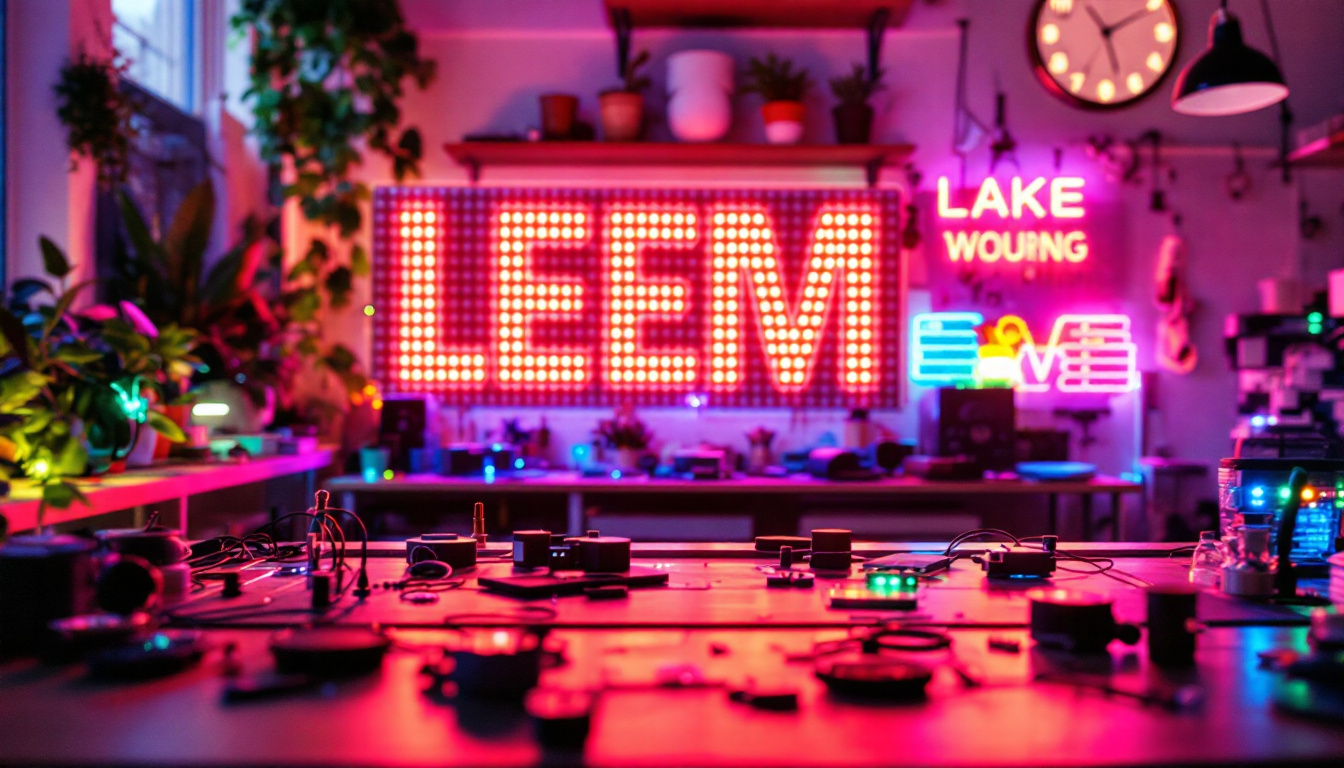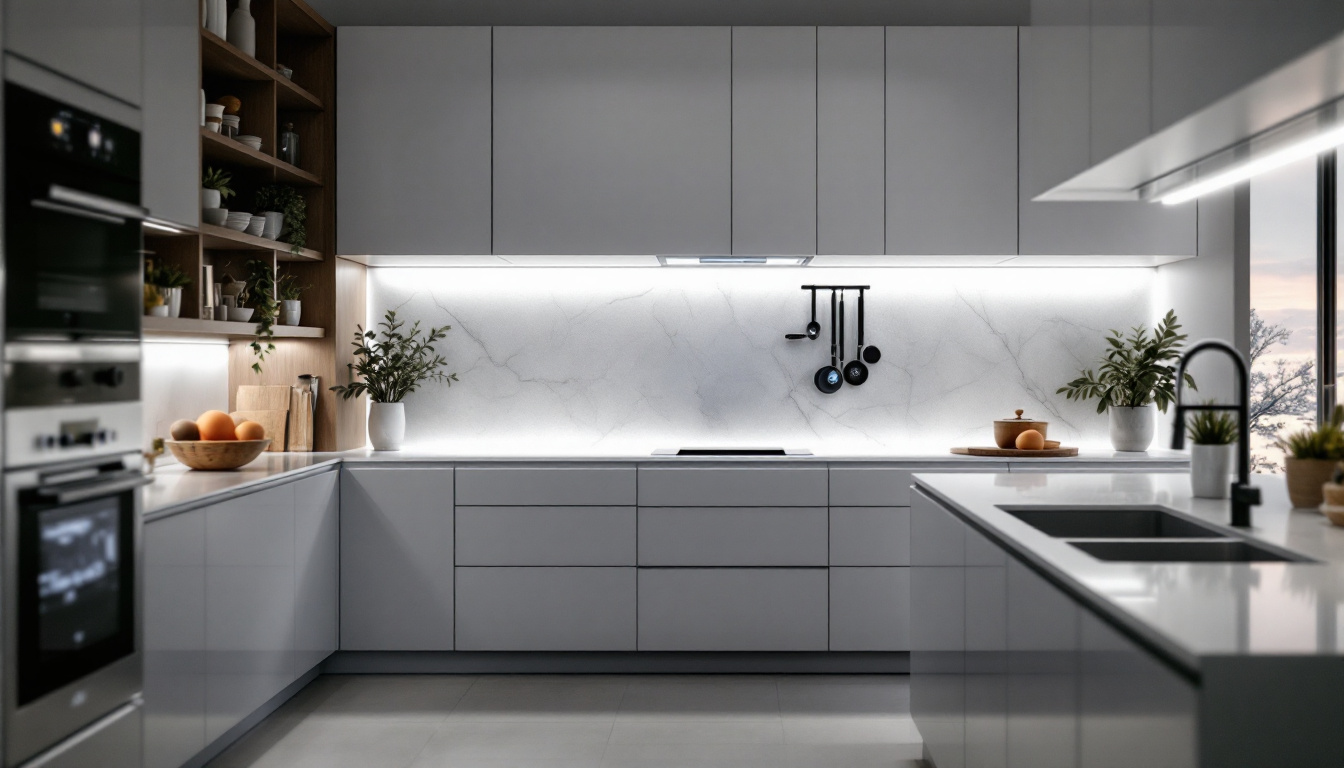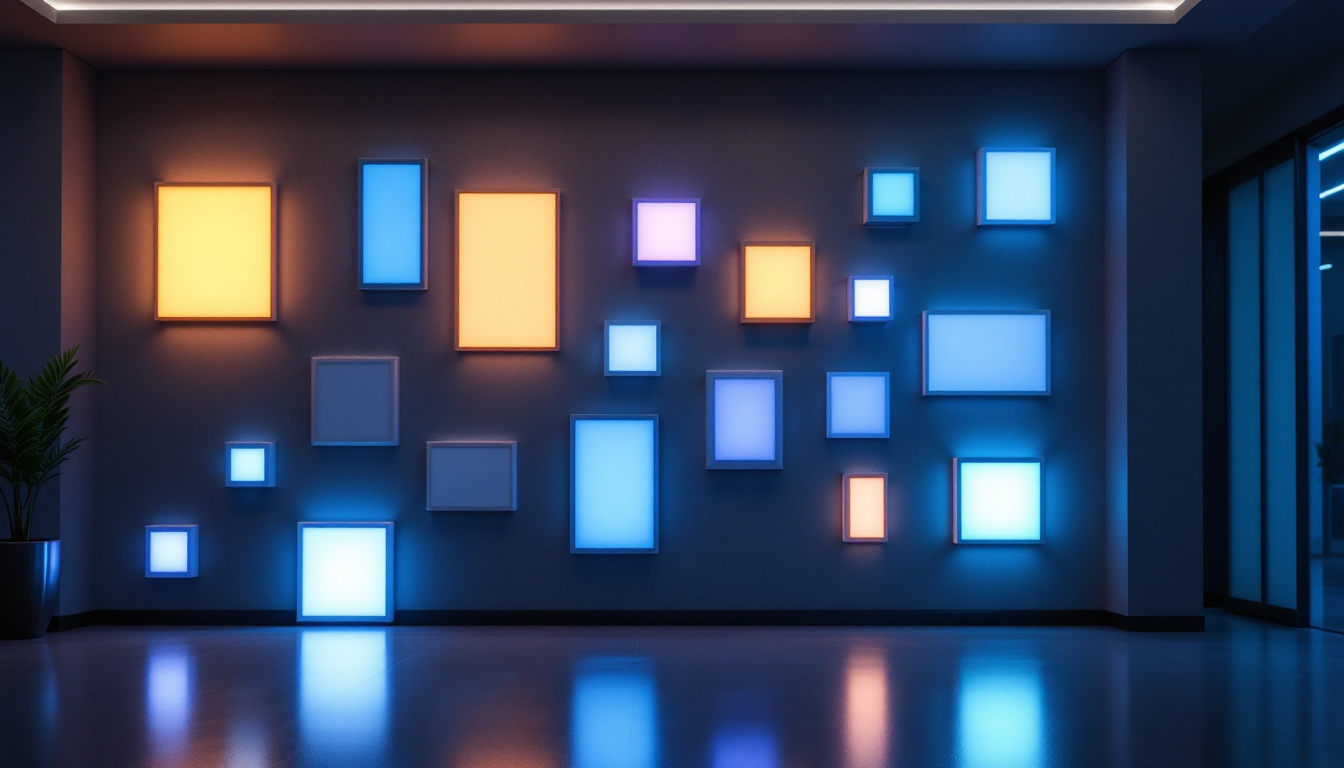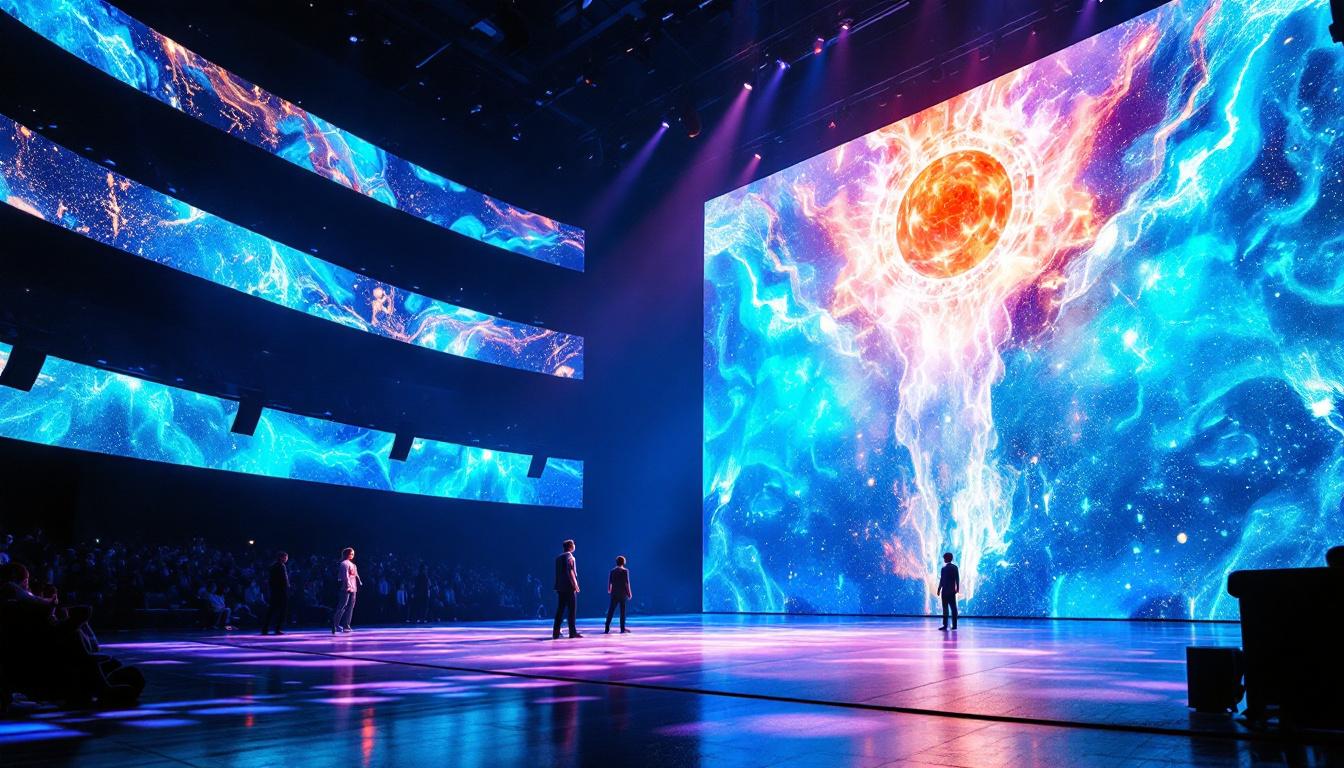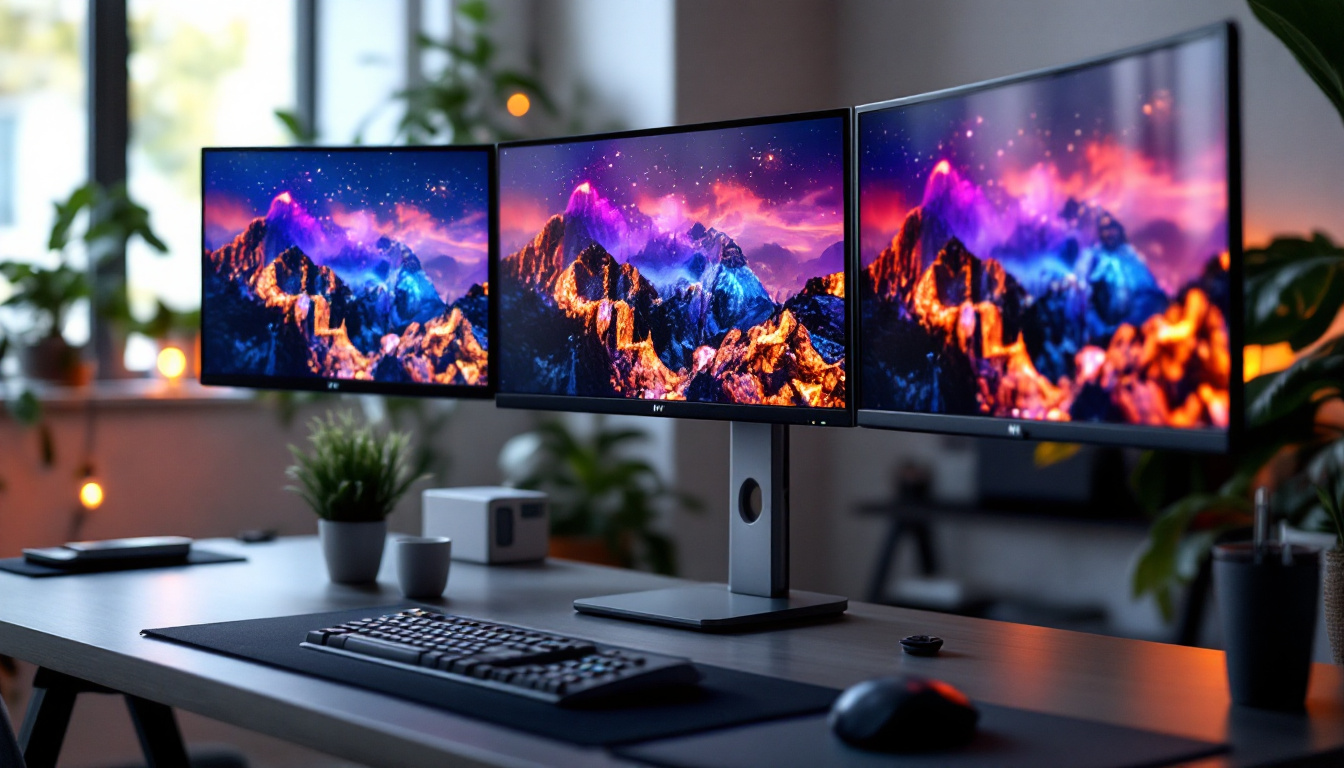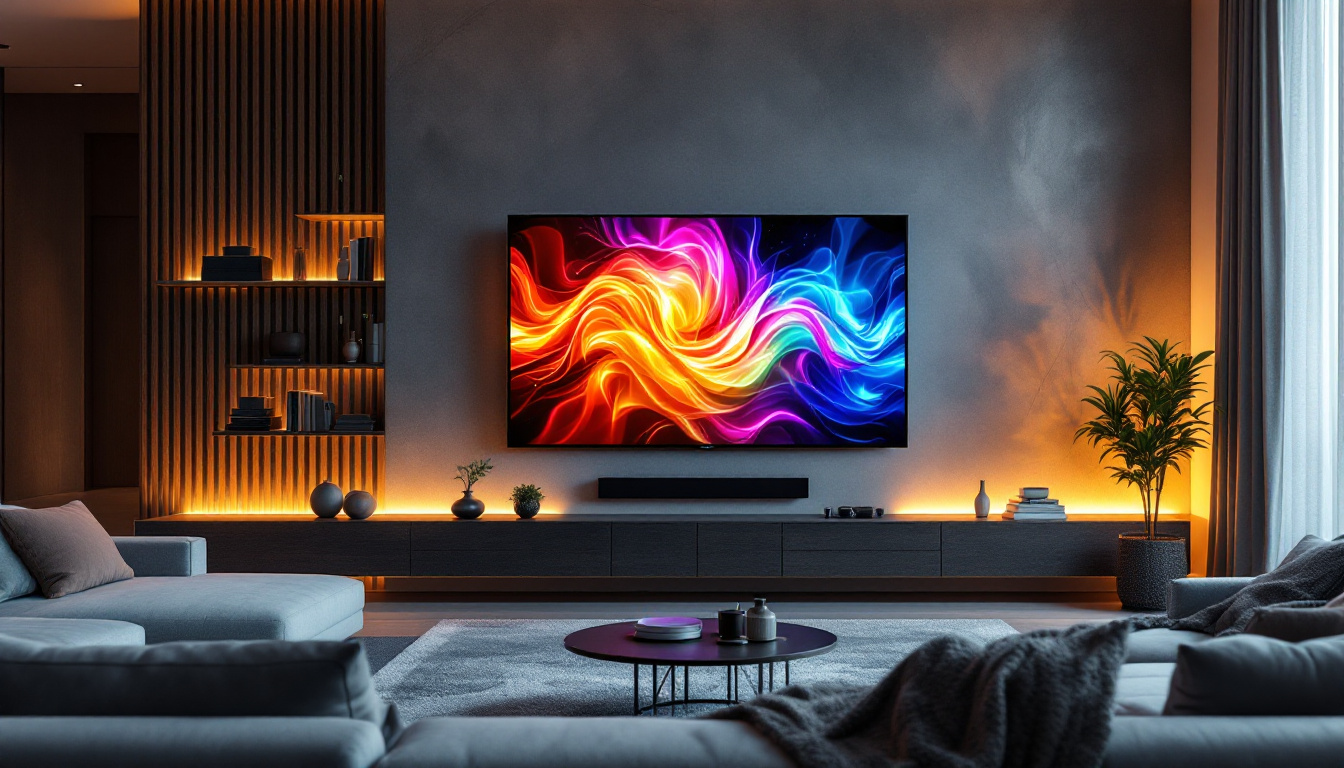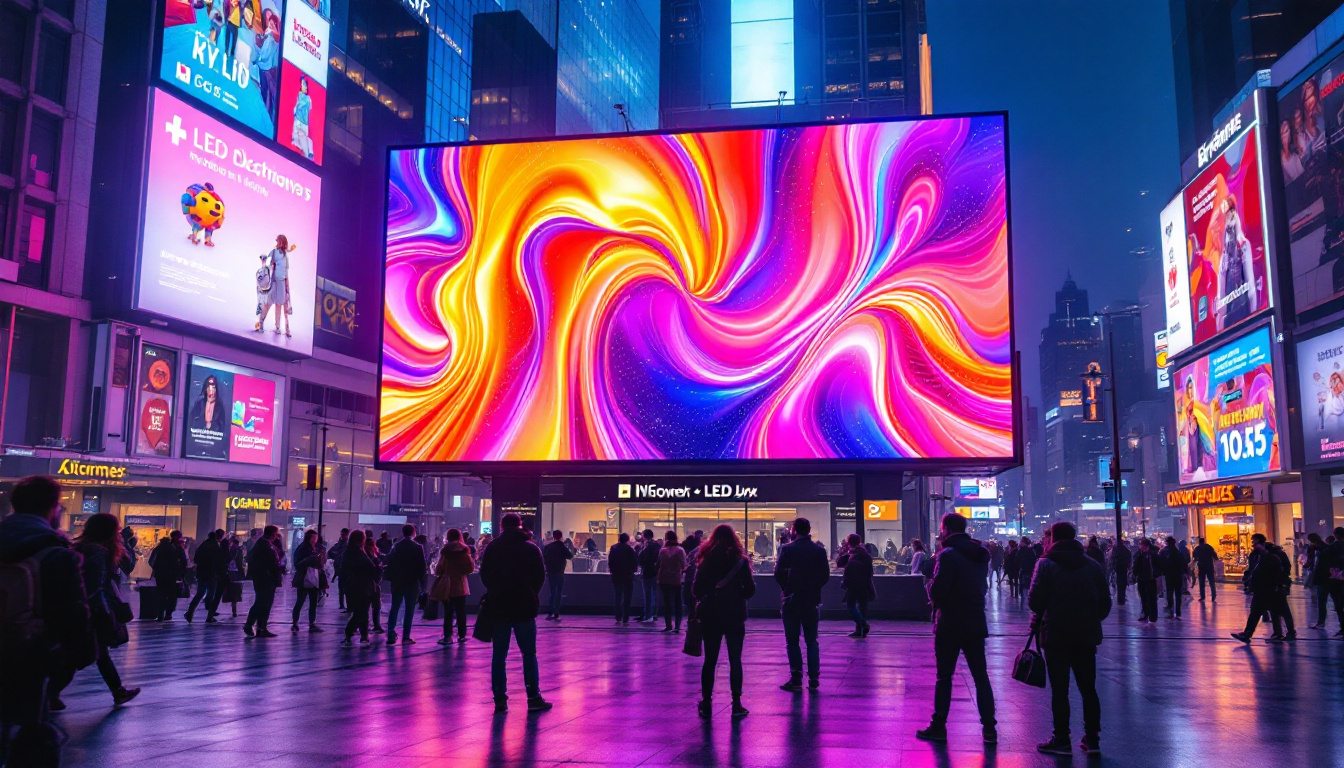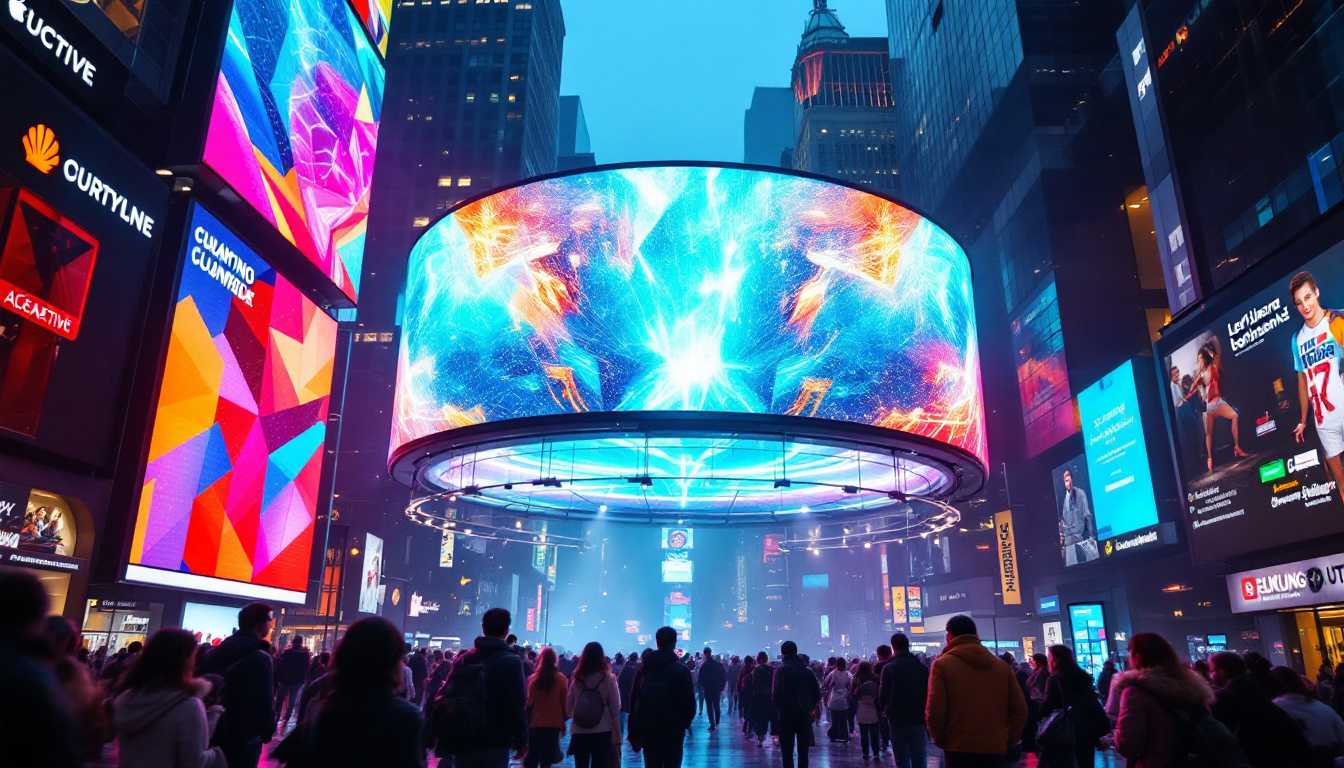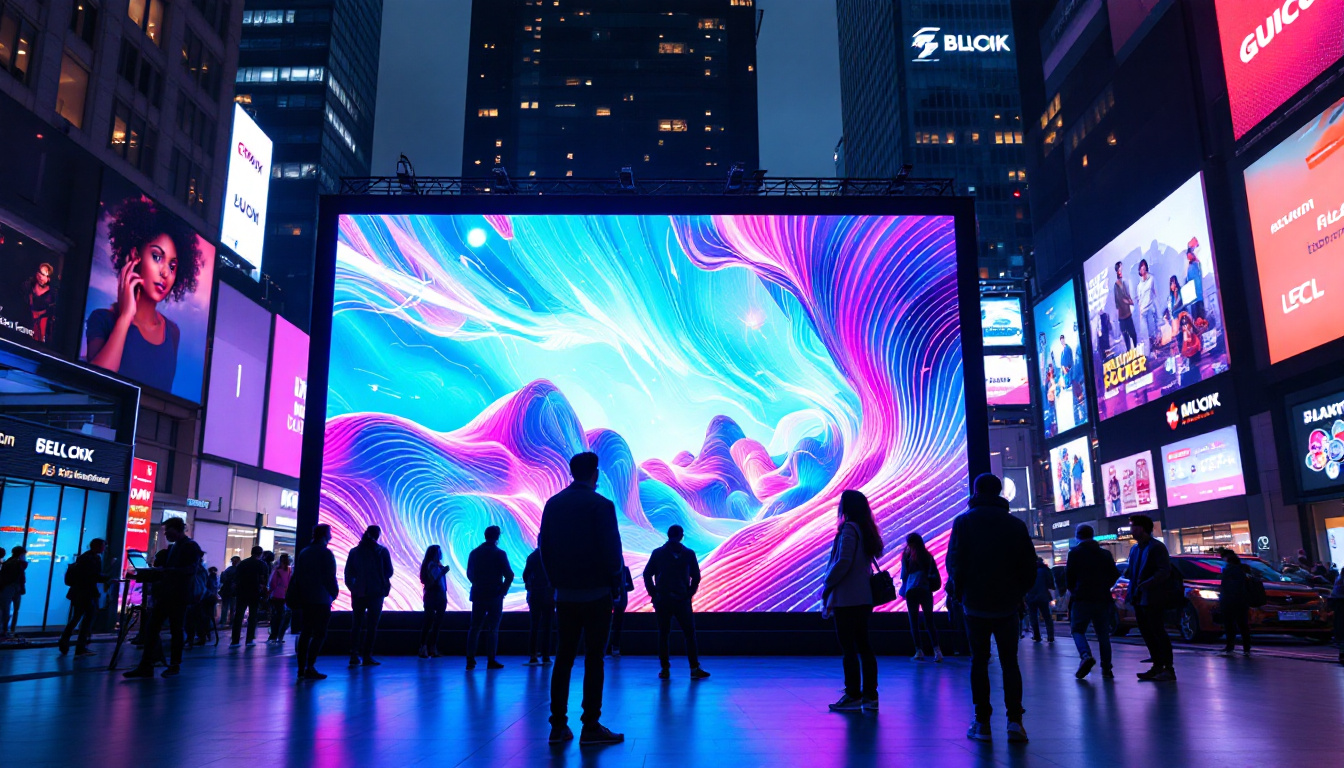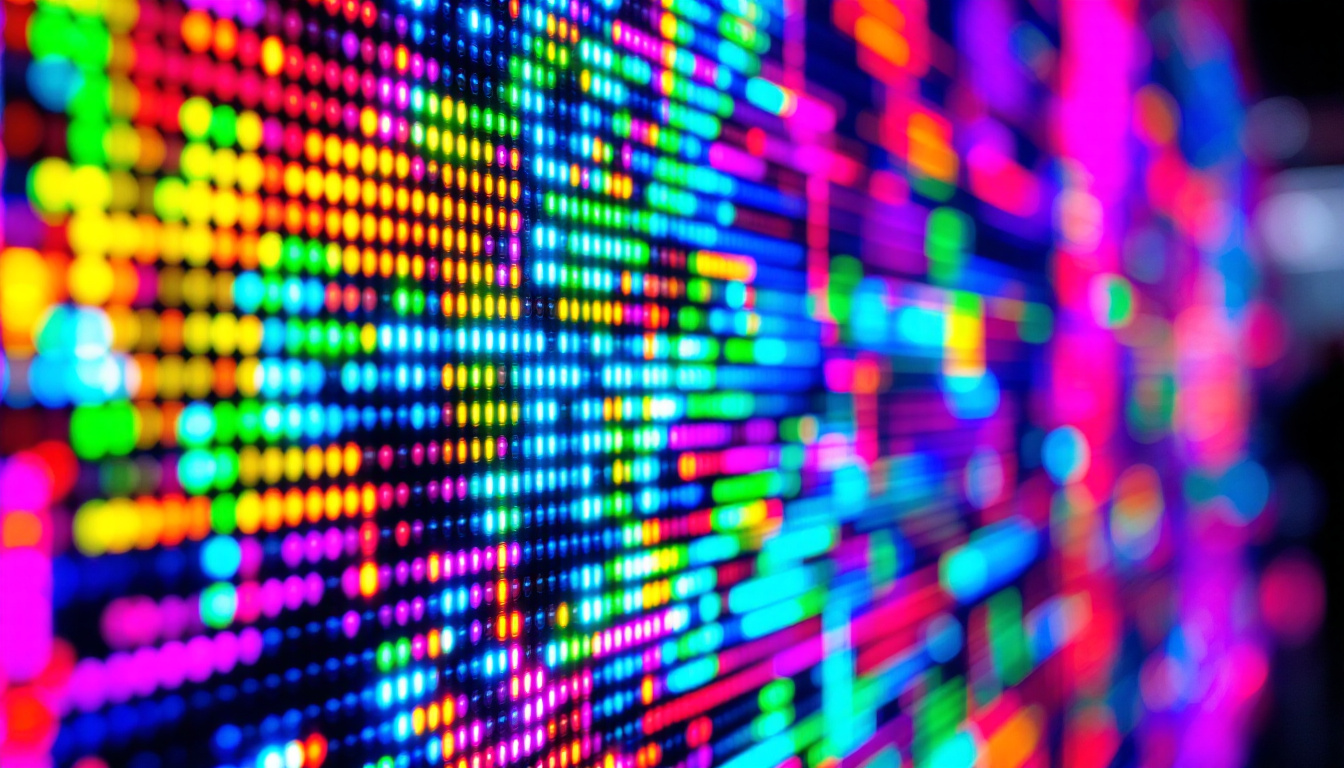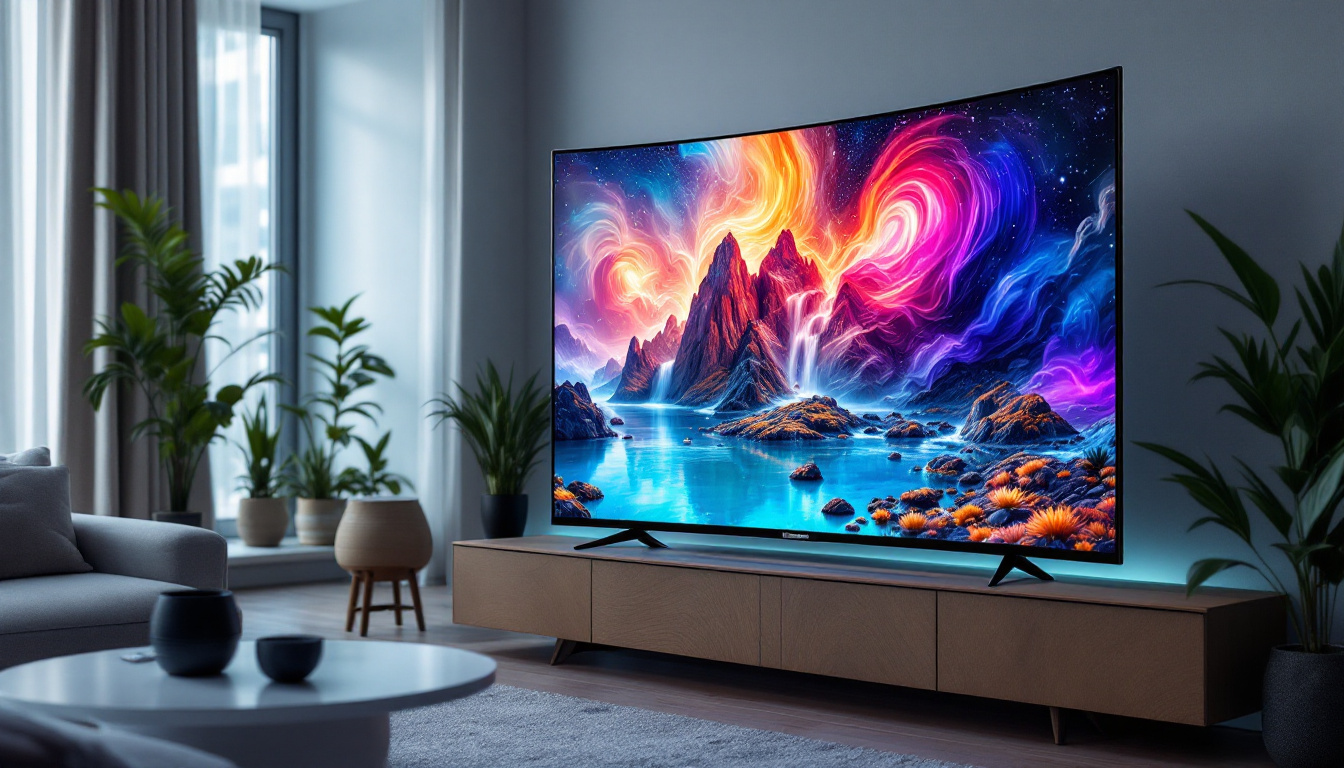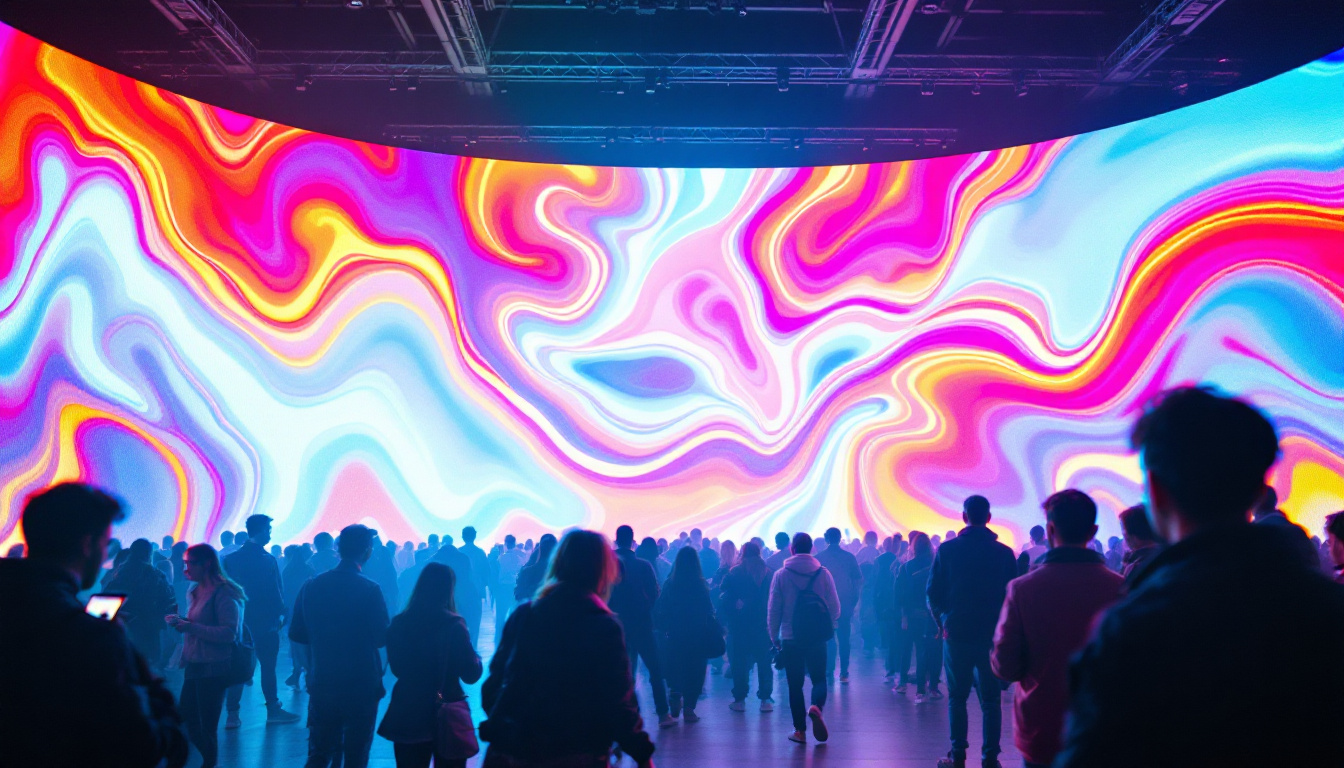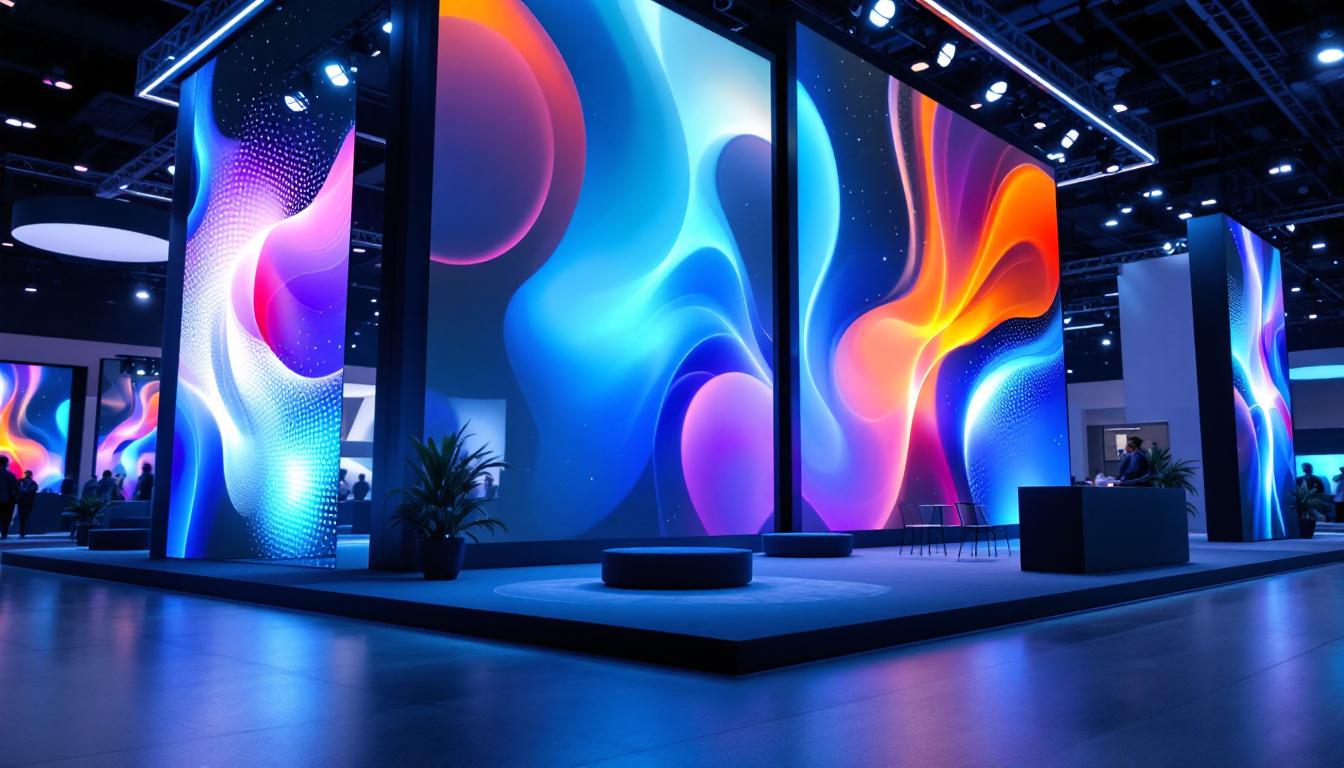How To Make An LED Sign: LED Display Explained
LED signs have become increasingly popular for businesses, events, and personal projects due to their vibrant colors, energy efficiency, and versatility. Creating your own LED sign can be a rewarding endeavor, allowing for customization and creativity. This article will guide you through the essential components, design considerations, and step-by-step instructions for making your own LED display.
Understanding LED Technology
Before diving into the construction of an LED sign, it is crucial to understand the technology behind it. LED, or Light Emitting Diode, is a semiconductor device that emits light when an electric current passes through it. This technology has revolutionized the way we display information, offering advantages over traditional lighting methods. The compact size, durability, and versatility of LEDs have made them a popular choice not only for signage but also for a wide range of applications, from automotive lighting to architectural illumination.
Types of LEDs
LEDs come in various types, each suited for different applications. The most common types include:
- Standard LEDs: Typically used for indicators and small displays, these are available in various colors and sizes.
- RGB LEDs: These can produce multiple colors by combining red, green, and blue light. They are ideal for dynamic displays.
- High-Power LEDs: Used for applications requiring significant brightness, such as outdoor signage.
In addition to these, there are also specialty LEDs such as UV LEDs, which are used for sterilization and curing applications, and OLEDs (Organic Light Emitting Diodes), which provide a different approach to display technology with their ability to produce flexible and transparent screens. Each type of LED has its own unique characteristics, making it essential to choose the right one based on the specific requirements of the project.
How LEDs Work
The operation of an LED is based on electroluminescence. When an electric current flows through the diode, electrons recombine with holes within the device, releasing energy in the form of photons. This process results in the visible light emitted by the LED. The color of the light depends on the materials used in the semiconductor. For instance, using different semiconductor materials can yield different wavelengths of light, which correspond to various colors in the visible spectrum.
Moreover, advancements in LED technology have led to the development of white LEDs, which are commonly used in general lighting applications. These are typically created by combining blue LEDs with a phosphor coating that converts some of the blue light into other colors, resulting in a balanced white light output. This innovation has paved the way for energy-efficient lighting solutions in homes and businesses alike.
Advantages of LED Displays
LED displays offer numerous benefits, including:
- Energy Efficiency: LEDs consume significantly less power compared to traditional incandescent bulbs.
- Longevity: An LED can last up to 25,000 hours or more, reducing the need for frequent replacements.
- Brightness: LEDs provide high brightness levels, making them suitable for both indoor and outdoor use.
Additionally, LED displays are known for their low heat output, which contributes to their energy efficiency and safety. Unlike traditional lighting options that can become hot to the touch, LEDs remain cooler, minimizing the risk of burns or fire hazards. This characteristic also allows for more versatile installation options, as they can be placed in tighter spaces without overheating concerns. Furthermore, the ability to control brightness and color dynamically makes LED technology an excellent choice for creating engaging visual experiences in advertising and entertainment.
Design Considerations for Your LED Sign
Once familiar with LED technology, the next step involves planning the design of your sign. This phase is crucial for ensuring that the final product meets your expectations and requirements.
Defining the Purpose
Understanding the purpose of your LED sign is the first step in the design process. Consider whether it will be used for advertising, information display, or decorative purposes. This will influence the size, color, and type of LEDs you choose.
Choosing the Right Size
The size of your LED sign should be determined by its intended location and visibility. A larger sign may be necessary for outdoor use, while a smaller sign may suffice for indoor applications. Additionally, consider the viewing distance; the further away the audience is, the larger the text and graphics should be.
Color and Graphics
Color selection plays a vital role in the effectiveness of your sign. Bright, contrasting colors can attract attention and enhance readability. If using RGB LEDs, consider incorporating animations or color changes to create a more dynamic display. Graphics should be simple and easy to understand at a glance, ensuring that the message is conveyed quickly.
Materials Needed for Your LED Sign
Creating an LED sign requires specific materials and tools. Below is a comprehensive list of what you will need to gather before starting your project.
Essential Components
- LEDs: Choose the type and color based on your design.
- Resistors: These are necessary to prevent the LEDs from drawing too much current.
- Power Supply: Ensure it matches the voltage and current requirements of your LEDs.
- Microcontroller or Driver: This will control the LED patterns and animations.
- Mounting Board: A sturdy base to mount your LEDs and components.
Tools Required
In addition to components, certain tools are essential for assembling your LED sign:
- Soldering Iron: For connecting the LED leads and other components.
- Wire Strippers: To prepare the wires for connections.
- Drill: If you need to create holes in the mounting board.
- Multimeter: For testing connections and ensuring proper voltage.
Optional Accessories
Depending on your design, you may also consider additional accessories:
- Enclosure: To protect the components, especially for outdoor signs.
- Diffusers: To soften the light and create a more uniform appearance.
- Remote Control: For easily changing the display settings.
Step-by-Step Guide to Making Your LED Sign
Now that all materials are gathered and the design is planned, it’s time to start building your LED sign. Follow these steps for a successful project.
Step 1: Prepare the Mounting Board
Begin by cutting your mounting board to the desired size. Ensure that it is sturdy enough to support the weight of the LEDs and other components. If necessary, drill holes for the LEDs, ensuring they are evenly spaced according to your design.
Step 2: Arrange the LEDs
Before soldering, arrange the LEDs on the board according to your design. This step allows for adjustments and ensures that the layout is visually appealing. Once satisfied with the arrangement, mark the positions of each LED to facilitate the soldering process.
Step 3: Solder the LEDs
Using the soldering iron, connect each LED to the appropriate resistor and power supply. Be mindful of the polarity; the longer lead is typically the positive terminal. After soldering, double-check each connection with a multimeter to ensure proper functionality.
Step 4: Connect the Microcontroller
Integrate the microcontroller or driver into your setup. This component will manage the lighting patterns and animations of the LEDs. Follow the manufacturer’s instructions for wiring and programming. If using a programmable microcontroller, upload your desired code to control the display.
Step 5: Test Your Sign
Before finalizing the assembly, power on the sign to test its functionality. Check for any non-working LEDs and ensure that the display operates as intended. Make any necessary adjustments to the wiring or programming at this stage.
Step 6: Final Assembly and Enclosure
Once testing is complete, secure all components in place. If using an enclosure, carefully fit the sign inside to protect it from external elements. Ensure that any ventilation requirements are met to prevent overheating.
Programming Your LED Display
For those using programmable LEDs or microcontrollers, programming is a crucial step that allows for dynamic displays. This section will cover the basics of programming your LED sign.
Choosing a Programming Language
The choice of programming language will depend on the microcontroller being used. Popular options include:
- Arduino: A user-friendly platform ideal for beginners, with extensive libraries for controlling LEDs.
- Python: Suitable for more advanced users, especially when using Raspberry Pi.
- C/C++: Commonly used for lower-level programming and more control over hardware.
Basic Programming Concepts
Regardless of the language chosen, there are fundamental concepts that apply:
- Variables: Used to store data such as LED states or colors.
- Functions: Enable the organization of code into reusable blocks, making it easier to manage.
- Loops: Allow for repeated actions, such as cycling through colors or patterns.
Example Code Snippet
Here is a simple example of Arduino code to blink an LED:
void setup() { pinMode(LED_BUILTIN, OUTPUT);}void loop() { digitalWrite(LED_BUILTIN, HIGH); // Turn the LED on delay(1000); // Wait for a second digitalWrite(LED_BUILTIN, LOW); // Turn the LED off delay(1000); // Wait for a second}Maintenance and Troubleshooting
After successfully creating your LED sign, it is essential to maintain it for optimal performance. Regular checks and troubleshooting can prolong the life of your display.
Regular Maintenance Tips
- Cleaning: Dust and debris can accumulate on the sign, affecting visibility. Regularly clean the surface with a soft cloth.
- Check Connections: Periodically inspect all connections to ensure they remain secure and free from corrosion.
- Update Software: If using programmable components, keep the software updated to benefit from improvements and new features.
Troubleshooting Common Issues
If the sign is not functioning as expected, consider the following troubleshooting steps:
- Check Power Supply: Ensure that the power supply is functioning and providing the correct voltage.
- Inspect LEDs: Look for any burnt-out LEDs and replace them as needed.
- Review Code: If using a microcontroller, review the code for any errors or bugs that may affect performance.
Conclusion
Creating an LED sign is a fulfilling project that combines creativity with technical skills. By understanding LED technology, planning your design, and following a structured approach to assembly and programming, anyone can create a stunning display. Regular maintenance and troubleshooting will ensure that your LED sign remains functional and visually appealing for years to come.
Whether for personal use, business promotion, or artistic expression, an LED sign can make a significant impact. With the right tools and knowledge, the possibilities are endless. Embrace the challenge and let your creativity shine!
Illuminate Your Message with LumenMatrix
Ready to transform your ideas into a luminous reality? LumenMatrix is at the forefront of LED display innovation, offering a diverse range of solutions to bring your vision to life. From vibrant Indoor LED Wall Displays to dynamic Outdoor LED Wall Displays, and even specialized options like Vehicle LED Displays and LED Sports Displays, we have the technology to elevate your brand’s presence. Experience the power of advanced LED displays and join the visual revolution. Check out LumenMatrix LED Display Solutions today and start creating unforgettable visual experiences.

